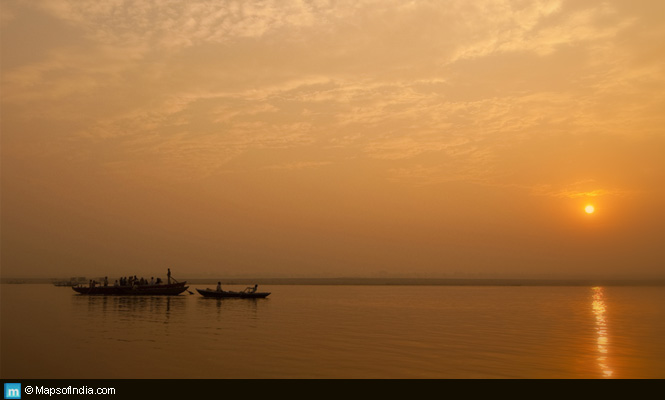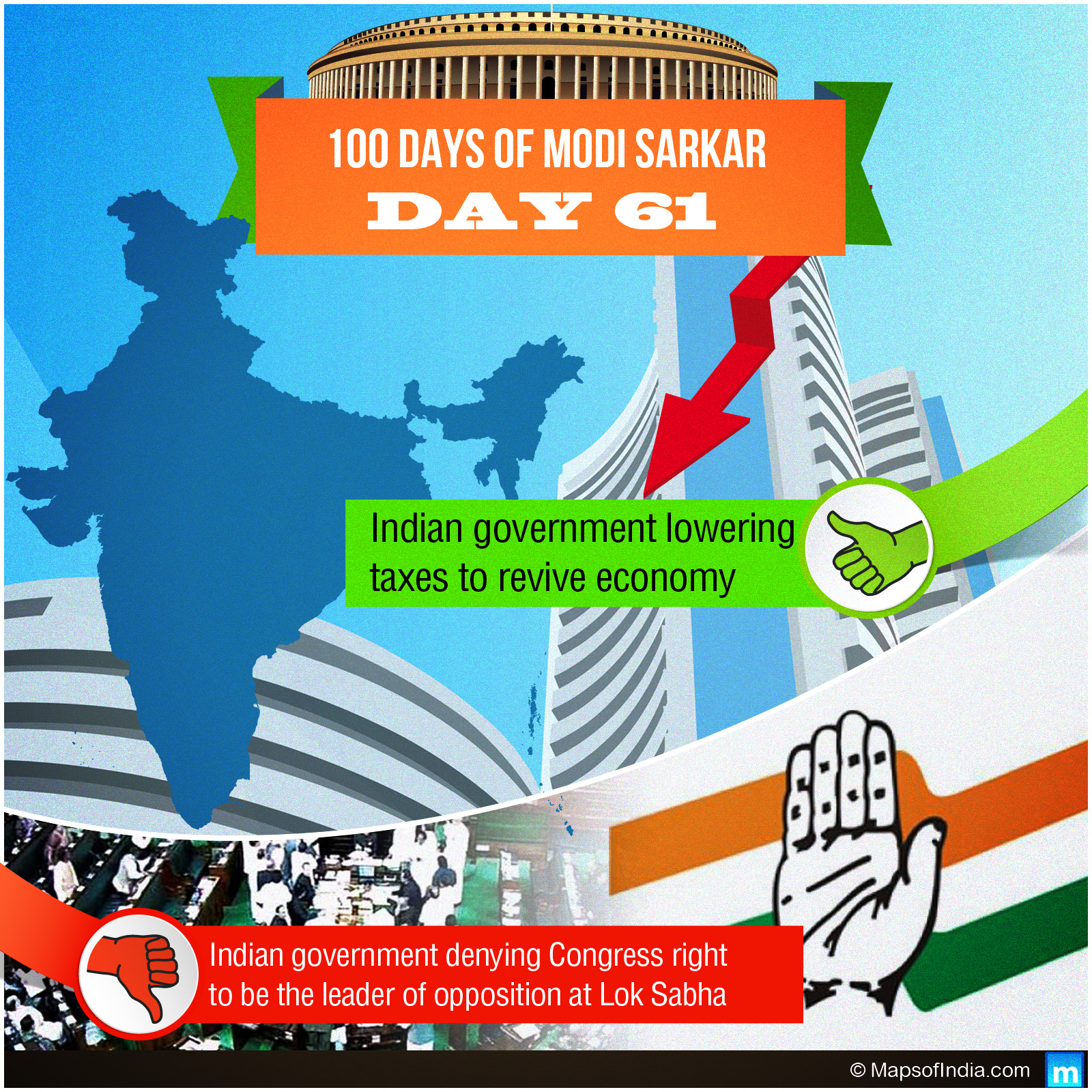 One way in which Narendra Modi aims to pull off the immense Clean Ganga project is by involving the considerable number of Indians living abroad. He recently launched the 13th edition of the Pravasi Bharatiya Divas at Mahatma Mandir. During the event he said that 40% of the country’s population depended on the river for their economic progress, which perhaps adds to the importance of the river apart from issues such as its spiritual and environmental aspects.
One way in which Narendra Modi aims to pull off the immense Clean Ganga project is by involving the considerable number of Indians living abroad. He recently launched the 13th edition of the Pravasi Bharatiya Divas at Mahatma Mandir. During the event he said that 40% of the country’s population depended on the river for their economic progress, which perhaps adds to the importance of the river apart from issues such as its spiritual and environmental aspects.
He has clearly indicated that the development of States such as Uttar Pradesh, Jharkhand, Bihar and West Bengal could be linked to the cleaning and development of the river at large. During the event Modi also said that the Indian Government will launch a Namami Gange fund where the NRIs and people of Indian origin can make their contributions and make the project a success. At the time of his pre-poll campaign Modi had stated that one of his major aims was to improve the condition of Ganga and the present developments would seem to indicate that he is on the right track, at least from the point of planning.
Quick and timely action needed to clean Ganga, says Modi
One of the major grouses that the Supreme Court has with the Clean Ganga project is the pace at which it is being executed. It is in this vein that Narendra Modi has given a call to carry out the project in a swift and time-bound manner. This action of the Prime Minister of the country shows the level of his intent as well as his complete dedication to what is being regarded as an arduous task for the national Government.
He feels that the main aim of the project should be to check pollution at the very source. In fact, industrial effluents and urban sewage, both of which are dumped into the river in an untreated, are the most prominent reasons for the presently woeful condition of the river. He has stated that it is important to recycle waste water generated in the various industries located in the vicinity of the river. This will ensure that the river is not polluted any further and the project can be completed without delay.
Action against polluting industries
Modi has also recommended that the companies, which do not stop polluting, should be punished. However, according to him, that needs to be done within the laws that are existing at present. The authorities have also informed the Prime Minister about the areas along the river that have been polluting it the most. He has also learned about the gaps that exist in sewage treatment capabilities. They have identified 764 units located along the river, which have been making the biggest contributions towards polluting it. Most of these are tanneries, sugar processing factories, and paper and pulp industries.
The Prime Minister has also provided his consent to Ganga Vahini, which will be a volunteer network tasked with the responsibility of ending the pollution in the river. The authorities are also taking the necessary steps so that the Ganga Vahini can start working as soon as possible. They have also identified 118 urban local bodies that are supposed to be covered in a span of five years. The main aim behind this operation is to restrict the levels of pollution as much as may be possible. A lot of other projects for developing the river front and improving the sewerage facilities are being undertaken as well.





